Lead in Water: Updating LBP Risk Assessments and EBLL Environmental Investigations
In lieu of updated HUD guidance, we offer ideas for best practices.
The priorities reflected in the early May budget proposal show a misunderstanding about federal lead programs.
Navigating and communicating the changes can be difficult. Here are some tips.
Changing the way communities receive lead hazard reduction funds is significant, and this comment period could shape prevention efforts for years.
By August, the House and Senate appropriations committees are expected to consider HUD’s funding needs and pass funding bills for FY25. Congress should adopt an appropriations bill that addresses the statutory and administrative barriers that have hamstrung the program.
What Happened? Unleaded Kids’ Tom Neltner joined about 200 people attending the in-person New England Regional Lead and Healthy Housing Conference on May 2–3, 2024, in Portsmouth, New Hampshire. It […]
Successfully reducing children’s exposure to lead requires collaboration between all stakeholders: private and public; health, environmental, and housing; and federal, state, and local. Collaboration is particularly important when it comes to sharing data that helps identify homes that have already exposed children to lead so that the causes and underlying issues can be addressed.
This is the first time HUD has proposed a formula approach, saying it will “allow more efficient distribution of funding to the highest need communities, streamline the selection and award of grants for communities facing large lead paint problems.” The balance will be competitive and “open to a broader range of States, Native American Tribes, and communities with pre-1978 rental housing.”
